BURRY PORT DOCKS HARBOUR MASTERS
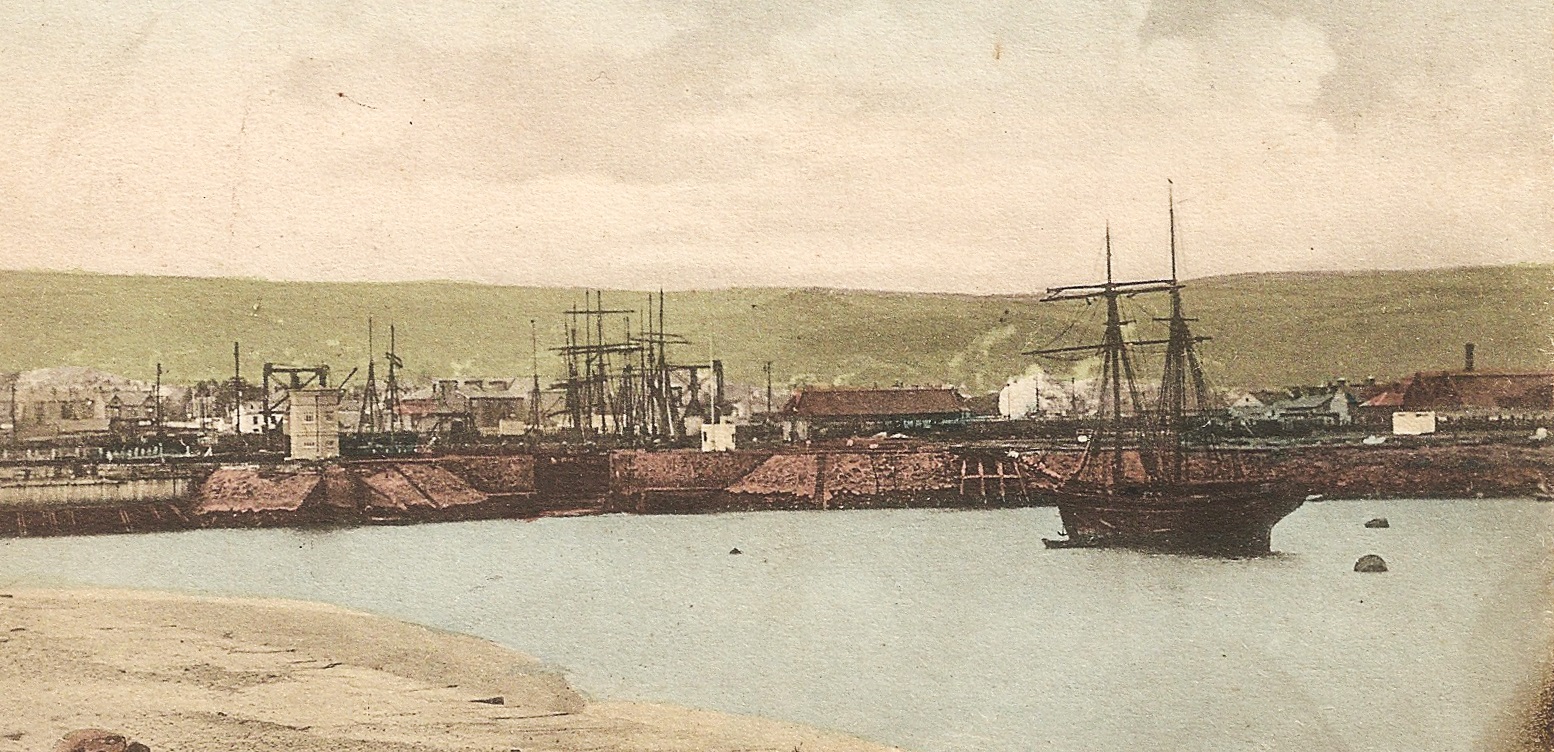
The Harbour Masters in the early years were William McKiernon 1842-1854, Thomas Briggs (1854-1863), Capt. John Paisley Luckraft (1864-1887), John James Russell (1887-1898) and Arthur Morgan (1899-1922).
McKiernon has an article devoted to him on the webpage. https://pembreyburryportheritage.co.uk/william-mckiernon
There is also an article which gives further information about John James Russell https://pembreyburryportheritage.co.uk/tworailway-characters
THOMAS BRIGGS
Thomas Briggs, described as agent and superintendent of dock and canals, was born in 1829 in Middlesex and while he lived in Pembrey was married with three daughters, two born in England and one in Scotland. One of his actions was to establish a private reading room for senior members of the dock company and masters of vessels while they were waiting to sail. It was in a house near the dock offices and the coastguard station and provided a variety of newspapers. However, the accommodation was small and the railway company financed at first in 1889 larger public premises at the Neptune Hotel where ninety members met paying one shilling and sixpence a quarter. After some fall in membership John Russell of the railway company invited donations for the setting up of a new reading room, at one time also used as a seaman’s mission, which eventually led to the establishment of what was called the Burry Port Reading Room and Club, at one time the Conservative Club and currently Y Clwb Bach, an all-male institution.
JOHN LUCKRAFT
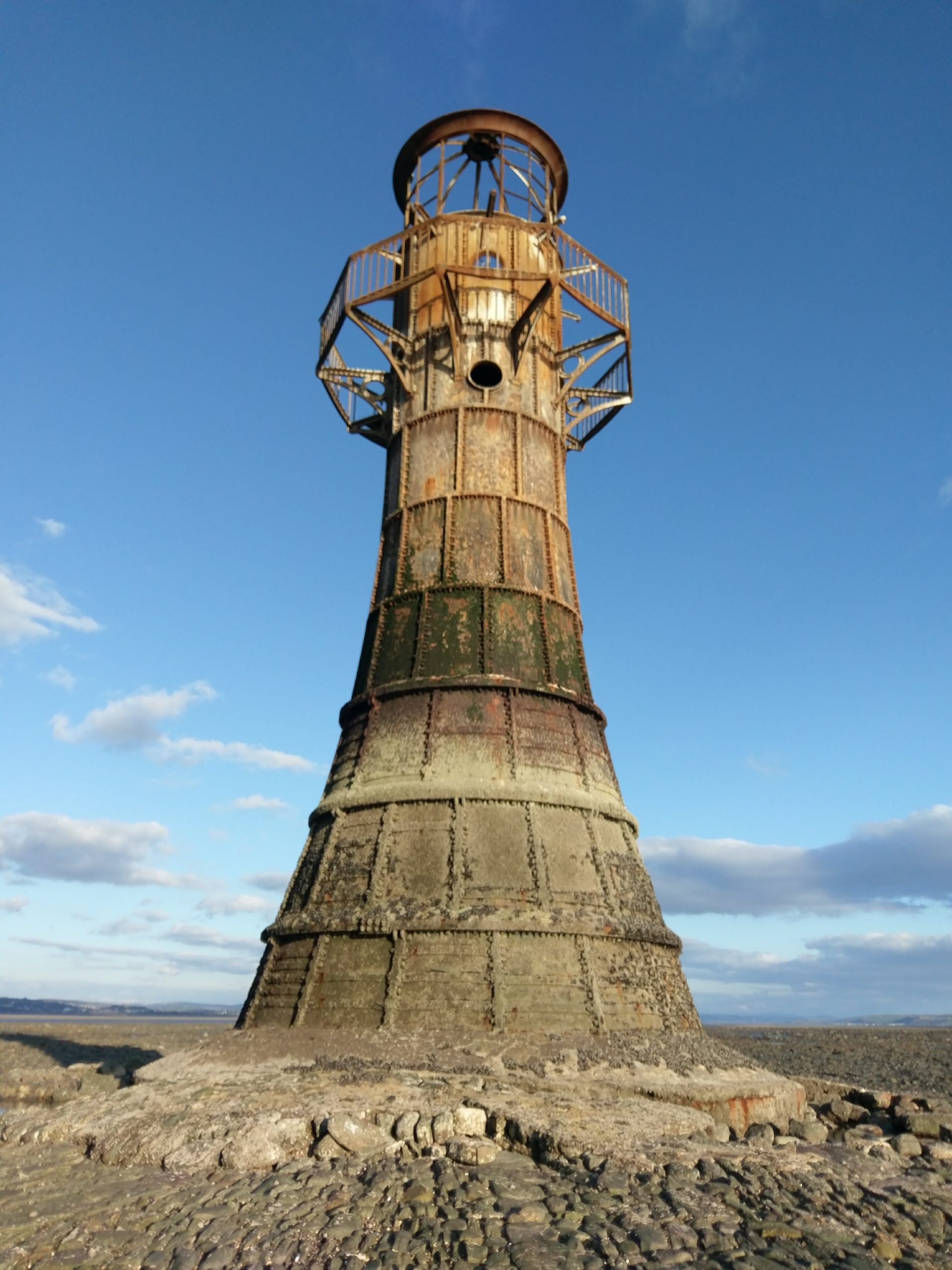
John Pasley Luckraft was born in Cornwall and appointed Superintendent and Harbour Master in Burry Port in 1864. Before that he held the same appointment in Llanelli following his retirement from the Royal Navy where he also worked as a chain manufacturer in Seaside and repaired and salvaged vessels. It was in Llanelli that he was visited in the night by Rebecca’s Daughters and told: “You must promise to leave this place in a week or by God Almighty you are a dead man” and was also sent a letter stating: “This is to give you further notice that if you don’t quit these Premises in a fortnight’s time we must come and remove you and I am sure it is better you went yourself than to be removed by force”.
It was at that time Luckcraft designed and built the first Whiteford lighthouse (lit in January 1855) but which the following year was almost wrecked by storms and two years later damaged by a ship collision. Consequently a new structure was designed by John Bowen and built in 1866.
A devoted member of the temperance movement, Luckcraft lived in Burry Port in Harbour View, a house adjacent to the harbour office and his background was a naval one, having been named ‘Pasley’ after the highly respected 18th century naval officer Admiral Sir Thomas Pasley, and a friend of his father. His role in Burry Port coincided with the rise of the railways which threatened the future of the Kidwelly and Llanelli Canal and we meet him defending one project to a House of Lords Select Committee in the face of the Carmarthen and Cardigan Railway Board’s plan to build a coal line from Kidwelly into the Gwendraeth Valley.
JOHN RUSSELL
Although appointed as Harbour Master in 1887 John James Russell, born in Richmond, was already involved in the area as secretary of the newly formed Burry Port and Gwendreath (sic) Valley Railway following the merger by an Act of Parliament in 1866 of the Kidwelly and Burry Port Railway (formerly Kidwelly and Llanelly Canal and Tramroad Company) and the Burry Port Dock Company. He applied himself energetically and efficiently in moving on its development and when it ultimately failed in 1881 he was both the official Receiver and Manager for the seven years in which it was in Chancery. His task then was an economical one to maintain profits to pay off the debts and included ensuring fair shipping rates and chasing up harbour dues.
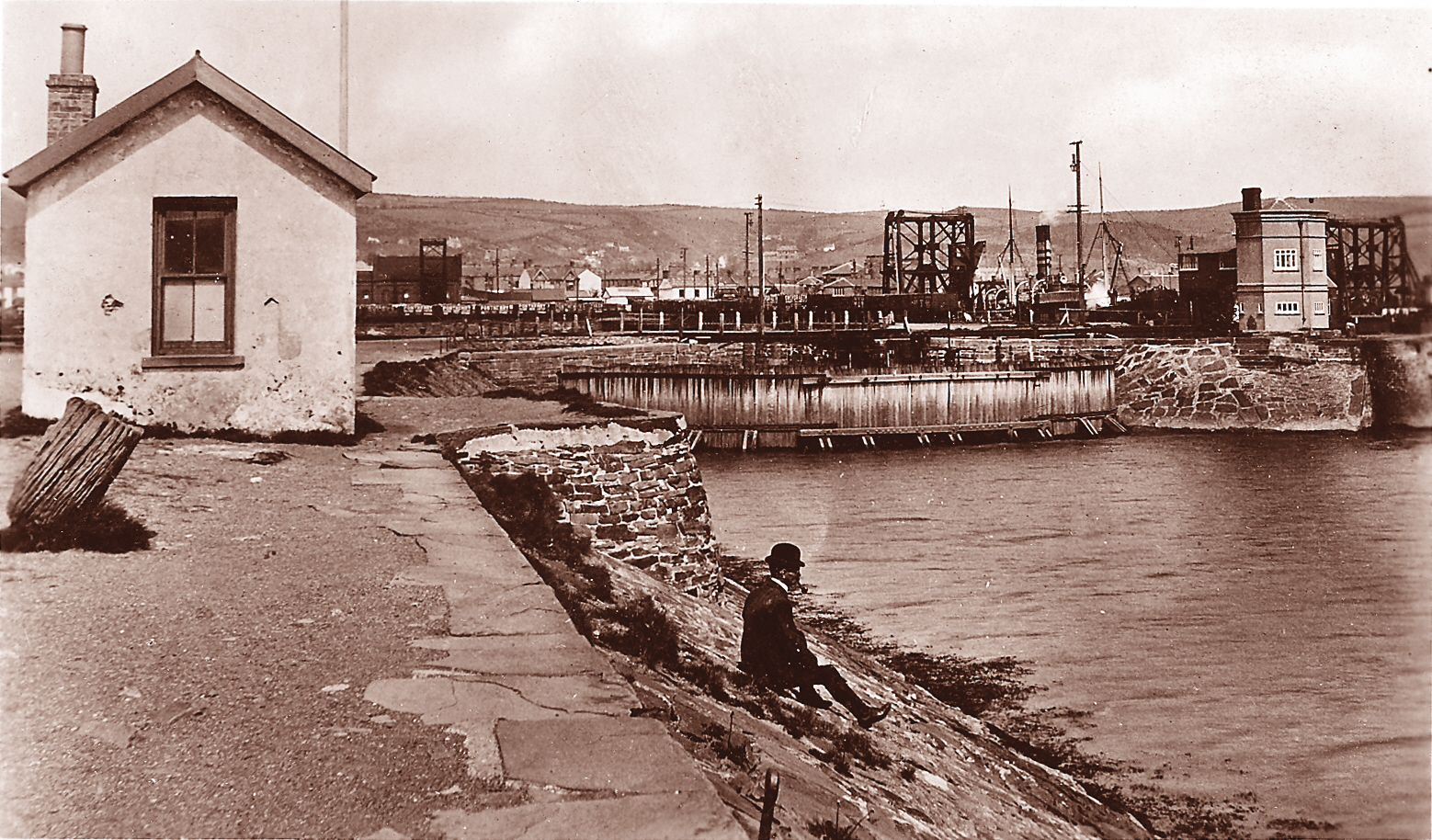
Despite the pressures and constraints of his employment he managed to achieve three significant features. First, as one of the enthusiastic advocates of the conversion of the west dock from a scouring reservoir to a working non-tidal dock he convinced the Chancery Court that its use would produce the profits needed by accommodating larger vessels, and in September 1888 the first ship entered the dock. Secondly, he extended the main line further up the Gwendraeth valley to the collieries at Cwm Mawr, a task probably completed by the beginning of 1886. Finally, as we have mentioned, it was Russell who facilitated the move of the reading room to new premises at the old Congregational Chapel next to the Neptune Hotel. It opened with forty members in 1895 and its first president was Lord Ashburnham.
ARTHUR MORGAN
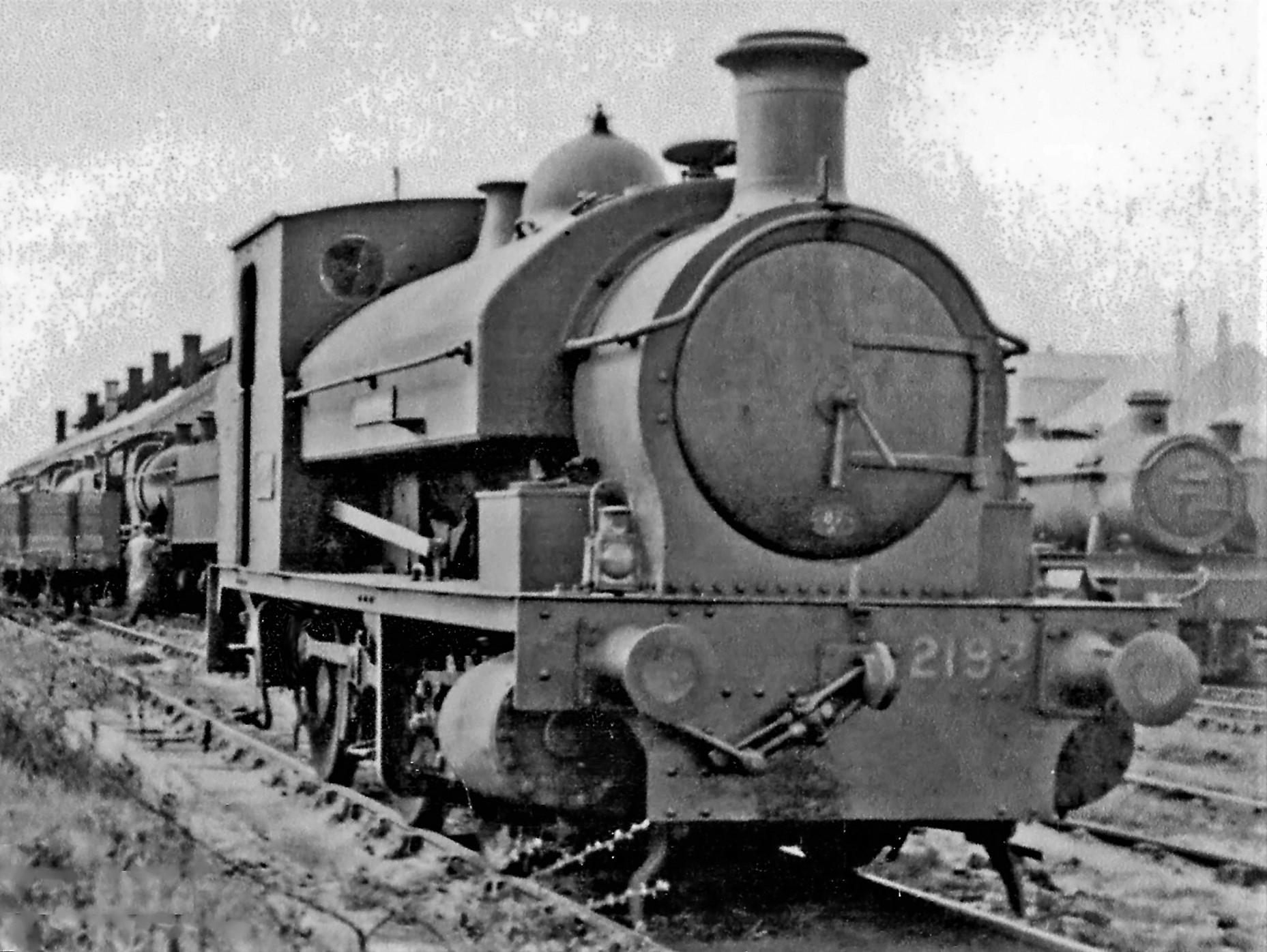
Arthur Morgan was appointed as General Manager, Harbour Master and Dock Superintendent in February 1899. He was born in Risca and was previously Station and Dock Superintendent at Briton Ferry. His appointment coincided with a movement to more prosperous times with company receipts in the first half of 1898 the highest ever and tonnage of coal carried by rail in the same period rising to over 150,000. Existing staff were given rises and a number of new appointments were made – for example, yard and traffic inspector, time keeper – and two new engines purchased in 1900 (the Pontyberem and the Ashburnham) with four replaced over the next few years. The new engines were the Kidwelly, the Cwm Mawr, the Pembrey and the Dyvatty (sic).
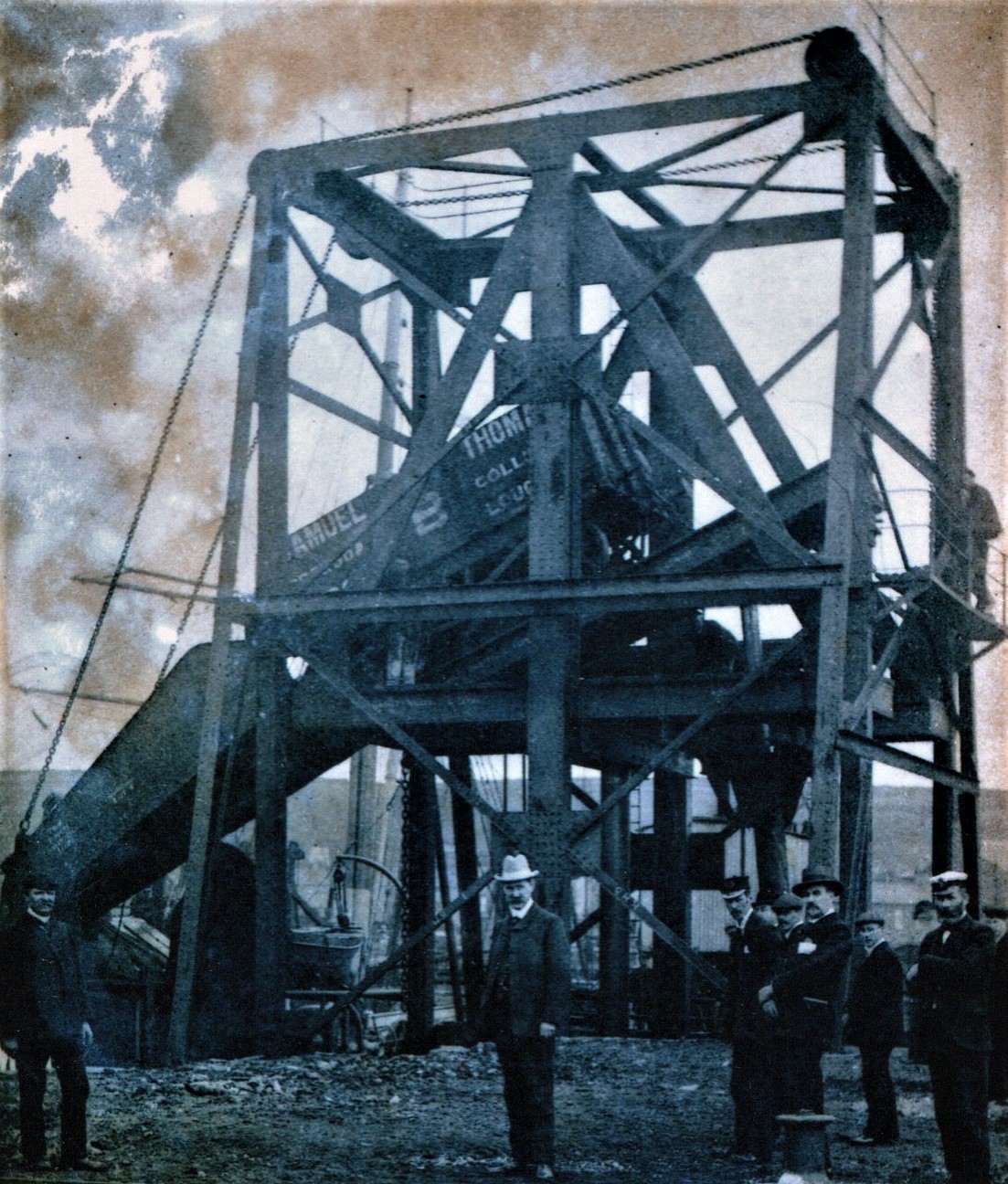
At the docks a new power house was built in 1901; two new hydraulic coal tips hoisted and tipped loaded coal wagons so that the coal slid down a chute into the ship; new dock gates were fitted to replace the 70 year old leaking ones By 1905 ordinary shareholders were being paid dividends as the company boasted a 50% increase in coal tonnage over the last 10 years. As a result Morgan enjoyed an annual salary rise to £400 and the Board was congratulated on its satisfactory progress.
Workmen’s trains had been a feature on the line since 1898 and even unofficial shopping excursions for miner’s wives ran every Thursday. So when residents pushed for passenger services in the Gwendraeth Valley Arthur Morgan was very much involved in the discussions which resulted in the establishment in 1909 of what was known as a ‘light railway’ (fixed axle loads and maximum speeds) and its development over years until its absorption into the Great Western Railway in the summer of 1922.
Sources
- 1861 census
- The Burry Port Reading Room and Club: A History, D.G. Lloyd Hughes, 1981.
- The Carmarthenshire Antiquary, July 2004
- Letter from ‘Rebecca’ to Mr. J. P. Luckraft, harbour master at Llanelli, 6 September 1843 – People’s Collection of Wales
- ‘Lucraft and Luckraft One-name Study’ – web resource.
- The Burry Port & Gwendreath Valley Railway and its Antecedent Canals. Vol 2, R.W.Miller,The Oakwood Press, 2009
GRAHAM DAVIES February 2024
